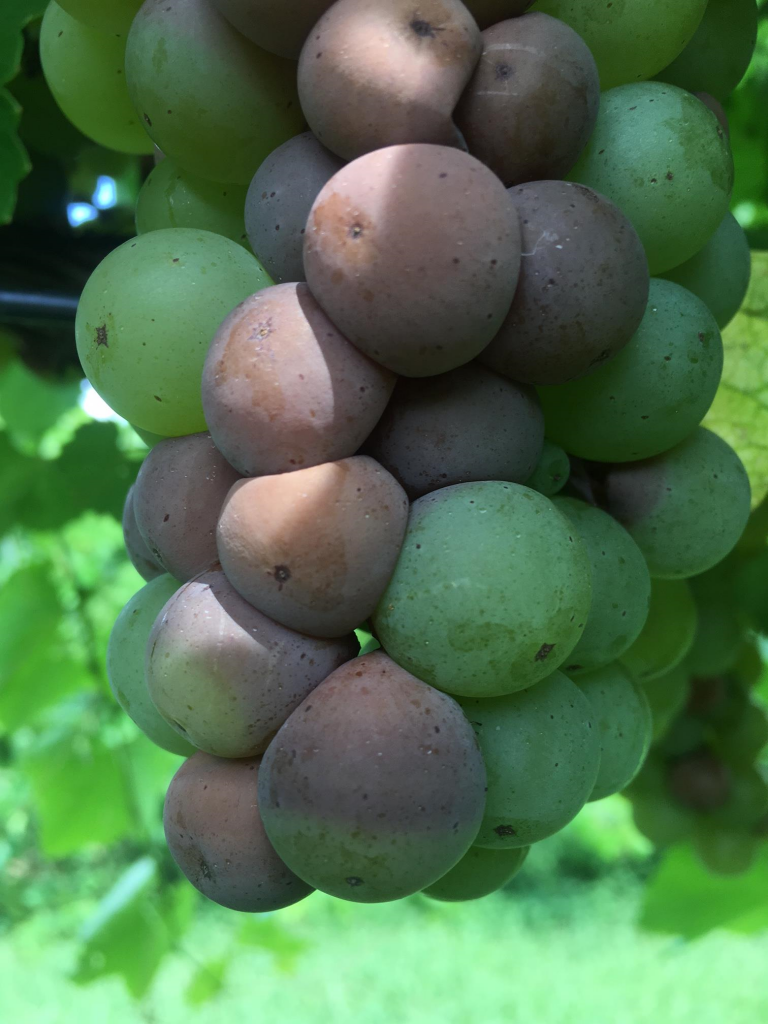By Clint Thompson

The ripening of grapes around the Southeast means producers need to be managing drosophila flies. As grapes near veraison or 15 degrees brix, they become more attractive, especially for spotted wing drosophila (SWD).
As Brett Blaauw, assistant professor at the University of Georgia (UGA) College of Agricultural and Environmental Sciences, points out in the UGA Extension Viticulture Blog, SWD can spread and worsen sour rot disease.
“Once the fruit starts to ripen and the sugars build up, that’s a really good substrate for bacteria and fungi and yeast to develop. Yeast creates a ferment in the fruit, so it smells sour. That’s where sour rot comes from,” Blaauw said. “(Flies) will land on those rotting fruits and move to another fruit and deposit the various microorganisms which then can spread that disease.

“All drosophila flies can transmit sour rot fungus and yeast. By killing off the drosophila we can help stop the spread of sour rot.”
Best Line of Defense
The best way to protect against sour rot is to manage SWD and other fly populations. Insecticide treatments are effective at killing adult flies. Treatments begin when grapes are near 15 degrees brix and should be applied every seven to 10 days. Insecticide rotation is also important, says Blaauw.
“Unfortunately, because the sour rot is a complex of things like yeast, bacteria and fungi, there’s really no good disease management practice. You can’t go out and spray Captan to kill it. It’s a hard thing to control once you have it. Stopping the flies from transmitting it is one of our best options,” Blaauw said.
Growers can also harvest grapes frequently and remove unmarketable fruit, which prevents the buildup of rotting fruit and reduces sour rot inoculum. In future seasons, growers can prune and remove leaves after bloom to maintain an open canopy. This increases the sunlight and reduces humidity. It also exposes the grapes and improves spray coverage.









